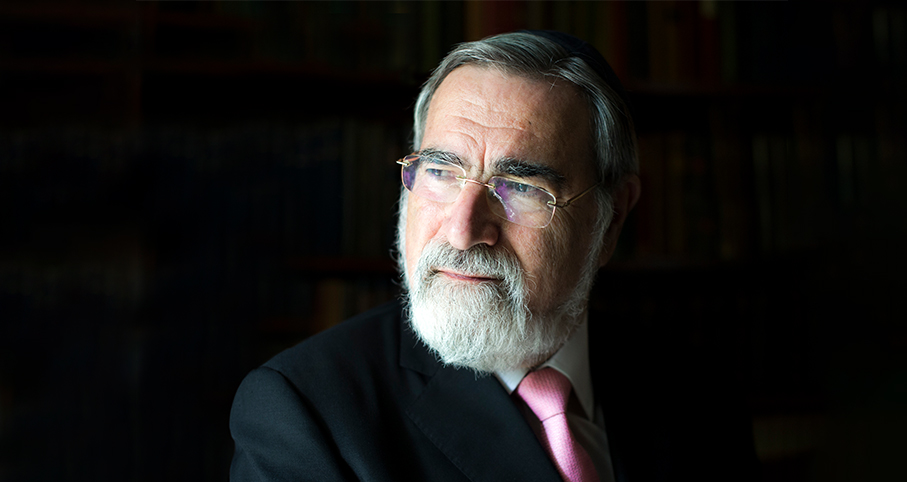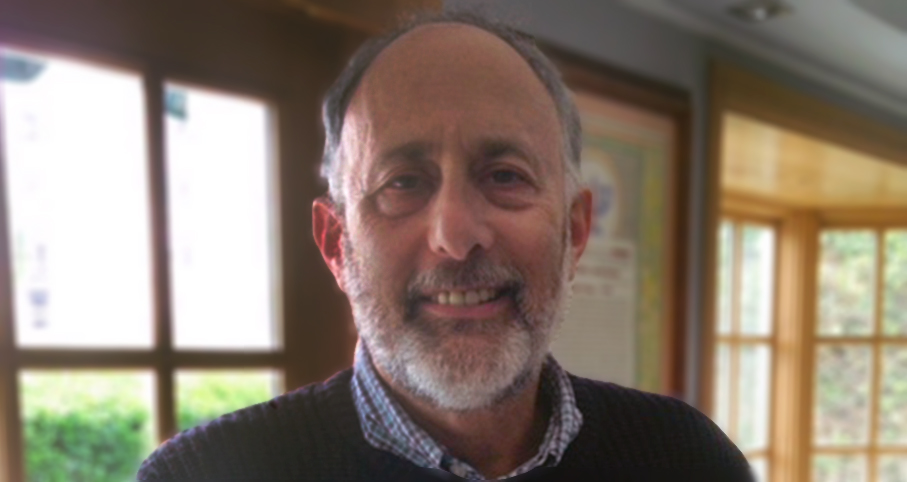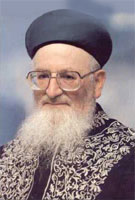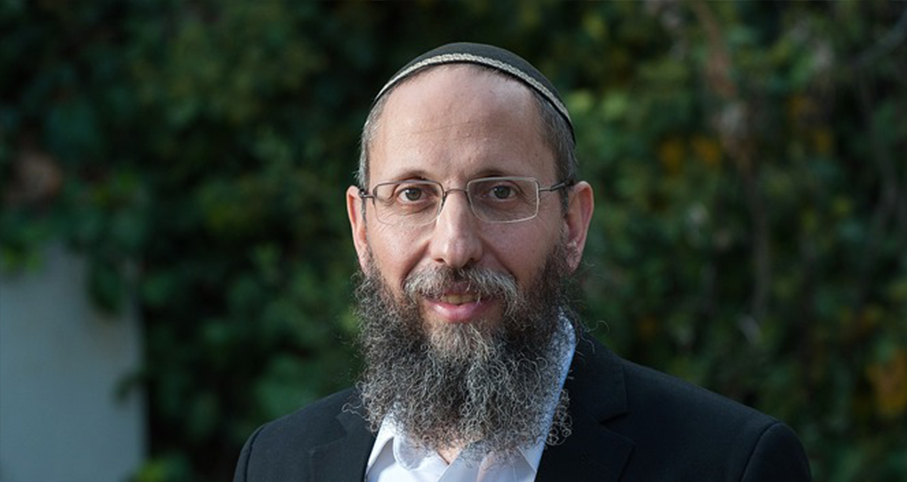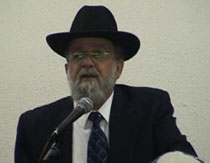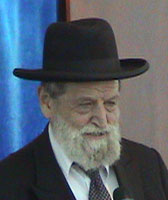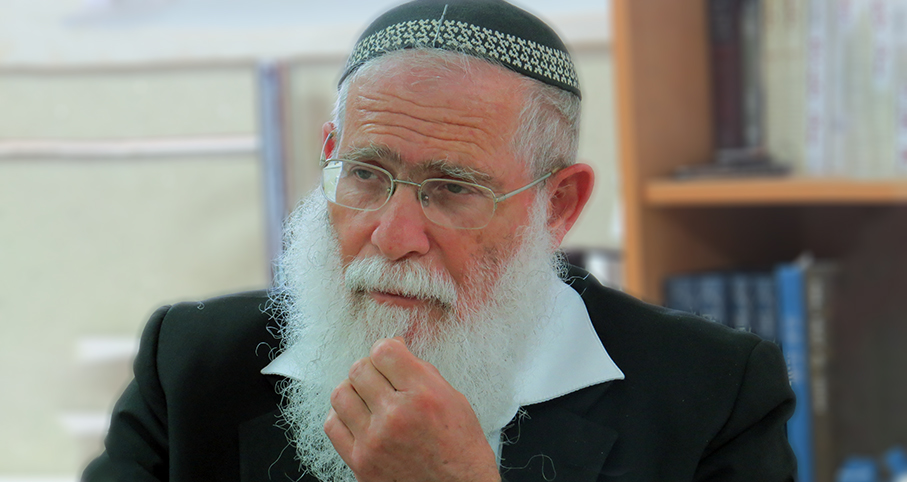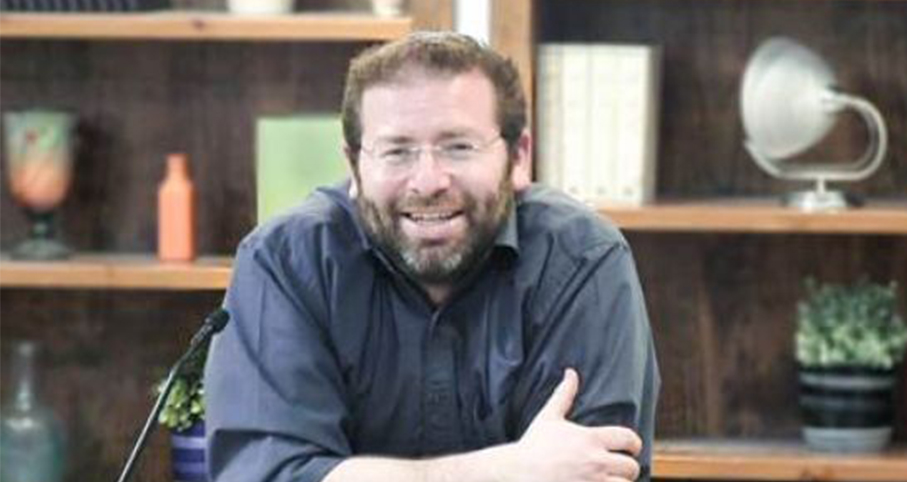Beit Midrash
- Torah Portion and Tanach
- Shmot
- Pkudei
- Torah Portion and Tanach
- Shmot
- Vayakhel
How did Am Yisrael view their existence at that point? Did they see their time as spiritual and supernatural or were they simply slogging though the mundane, pragmatic reality of the desert on their way home?
From the last five pesukim in Sefer Shemot it appears that both attitudes can be seen in the place of the anan (cloud) over the mishkan. We first find the appearance of the anan in the mishkan as a statement of HaShem's presence there, yet the Torah continues and describes the anan as being the beacon that simply announced whether it was time to move or remain in place.
This dichotomy between the holy and the profane would stay with Am Yisrael throughout their travels - in fact, it foreshadows the division of the desert story between Sefer Vayikra, whose focus is on the spiritual and Sefer Bamidbar which describes the mundane - even as they lived a miraculous existence for 40 years in the desert. Only upon entering the Land of Israel will the emphasis switch to living "normal" lives when they begin to eat the produce of the land with a cessation of manna (see Yehoshua 5:11-12).
Is life in Israel today unique and spiritual or is it ordinary and mundane?
It all depends on how you look at it...

